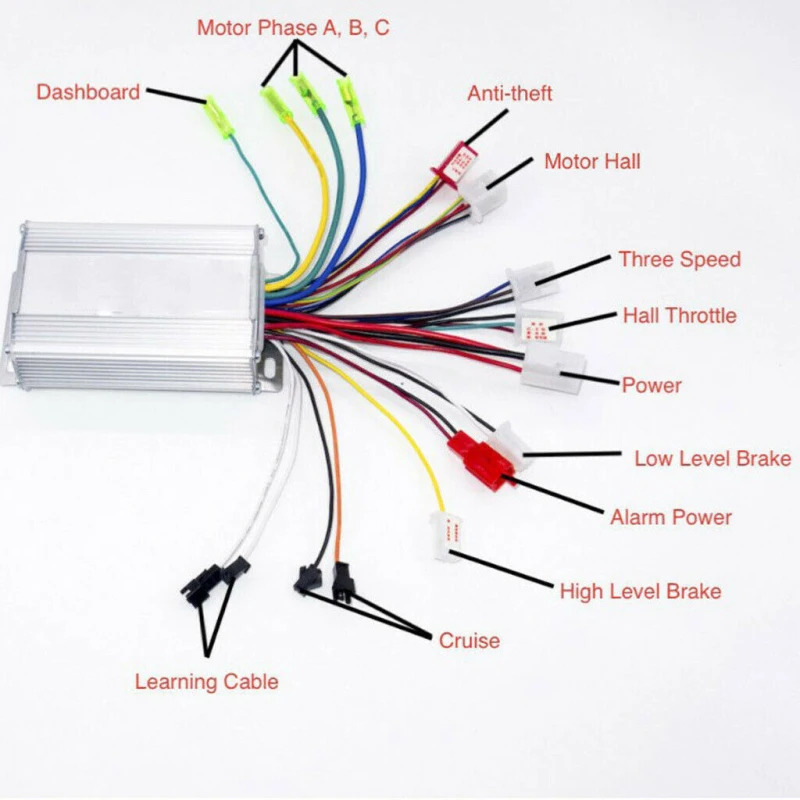29 Juli 2022 - 21:55
Atv flash black 3.8
Allmänt
This will change the START button to show RESTORE, which will install the necessary restore files onto the flash drive. Step 6: Walk through the Post-install checklist to setup and enable features.įollowing the same process as above, but when selecting a flash drive, hold down the OPTION button (Mac) or SHIFT button (PC). This item: LED indicator motorcycle with integrated daytime running light DRL for quad, ATV, trike Yizhet 7-Pin Flashing Relay 12 V Motorcycle Indicator LED. Step 5: Power the AppleTV back on and the AppleTV will startup normally with the added aTV Flash menu items present. Step 4: When prompted, power off the AppleTV and remove the flash drive. Step 3: The FireCore logo will appear and installation will begin begin automatically.
Step 2: Power on the AppleTV (reconnect power) to start the installation. Step 1: Power off the AppleTV (disconnect power) and insert the flash drive containing the aTV Flash software into the USB port on the back of the AppleTV.
The flash drive can be removed from the computer and is now ready to upgrade your Apple TV. If the message appears simply click ignore or eject. Note: After installation a message like the one shown below may appear. Step 8: A confirmation message will appear when the installer completes. Step 7: After the download is finished the installer will copy the necessary files to the flash drive. This may take 2-10 minutes depending on your Internet connection speed.
Step 6: The installer will automatically download the required Apple TV update file. Coming in just slightly bigger than RPSs Rider 7 ATV, the Rider 8 is a mid-size quad perfect for older or.
If this is your first time installing aTV Flash select ‘Download File’. The RPS Rider 8 ATV features a smooth shifting automatic transmission and durable 125cc, air-cooled engine in a chassis sized just right for teens A hand shifter makes it easy for young riders to shift into reverse.
The RPS Rider 8 ATV features a smooth shifting automatic transmission and durable 125cc, air-cooled engine in a chassis sized just right for teens A hand shifter makes it easy for young riders to shift into reverse.
If you are planning on Jailbreaking your Apple TV then it is recommended that you use Seas0nPass, even though other Jailbreaking tools like Absinthe do indeed support the Apple TV. Seas0nPass is the go-to Jailbreaking tool for the Apple TV. Step 5: The installer will require an Apple TV update file to complete the installation. Atv flash black free download - Black Dragon, City Black, Black Spider Superhero Monster Panther: Flash War, and many more programs. Be sure to backup any files on the drive you wish to keep! Step 4: The flash drive will be erased during installation. Step 3: When running the aTV Flash Installer you will be prompted to select the flash drive you wish to use from the drop down menu. Step 2: Open the DMG and drag the application to your Applications folder.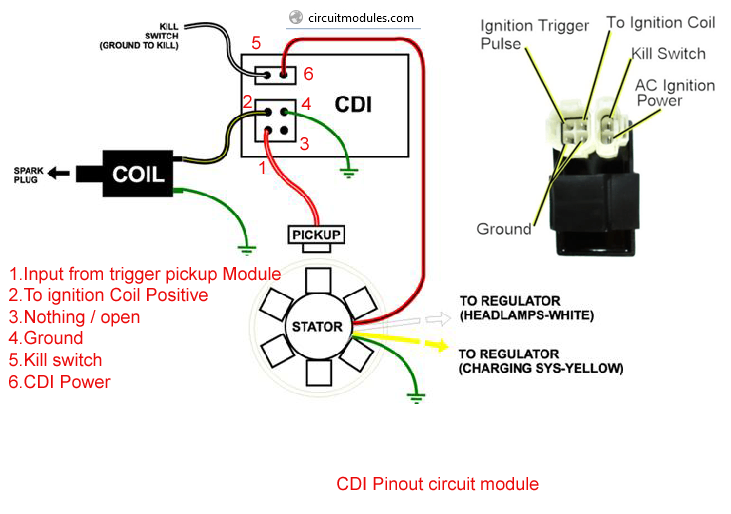 The ATV flash for ATV1, you can access a HDD via USB port. Step 1: Download the latest version of aTV Flash from your account. last updated posted 2011-Jul-3, 8:04 am AEST posted 2011-Jul-3, 8:04 am AEST User 403218 646 posts.
The ATV flash for ATV1, you can access a HDD via USB port. Step 1: Download the latest version of aTV Flash from your account. last updated posted 2011-Jul-3, 8:04 am AEST posted 2011-Jul-3, 8:04 am AEST User 403218 646 posts.
Manual is included in all packaging and can also be found at Update AppleTV to latest software version through the Settings -> General -> Update Software menu.
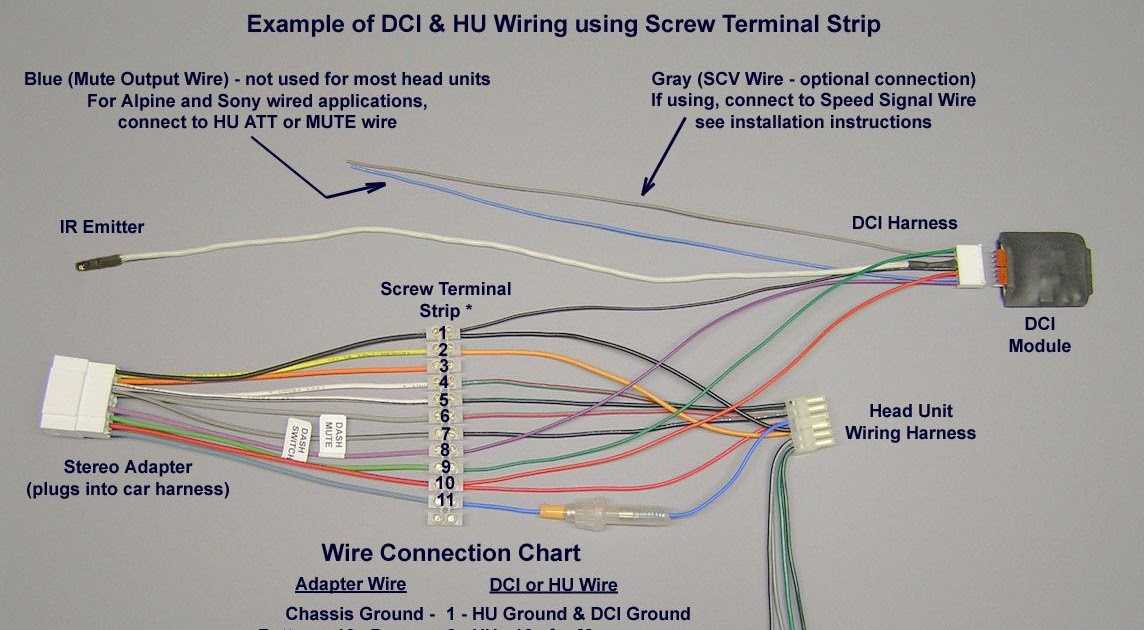 Automotive Parts & Accessories ATV, Side-by-Side & UTV Parts &. The lights will illuminate as they sync to your tunes. The full spectrum LED light-up wheels are sure to dazzle while Bluetooth pairing and onboard speaker will let you bring the beats. Make an impact when you head out around town with the Jetson Impact Extreme Terrain Hoverboard.
Automotive Parts & Accessories ATV, Side-by-Side & UTV Parts &. The lights will illuminate as they sync to your tunes. The full spectrum LED light-up wheels are sure to dazzle while Bluetooth pairing and onboard speaker will let you bring the beats. Make an impact when you head out around town with the Jetson Impact Extreme Terrain Hoverboard.0 kommentar(er)
Removals on macOS are quite different from those on Microsoft Windows OS. This page can help you understand the basic knowledge of system maintenance, guiding you through the confusion of removal problems. If you happen to be a newbie of Mac Computer, take the chance to learn something. Now go with how to correctly remove aTV Flash (black) 2.5.
Removing the useless applications from your computer is still one of the simplest ways to speed up your system, where everything lives to work, occupying part of the hardware resources including hard drive space and memory. So there is one thing you can be sure of: too many junks will slow down your computer, and they are accumulating during the operation. If you don’t deal with them termly, issues would be generated.
So there is one thing you can be sure of: too many junks will slow down your computer, and they are accumulating during the operation. If you don’t deal with them termly, issues would be generated.
Let’s temporarily isolate other Windows logicality from our mind, forget about the Start menu, Control Panel, Registry Editor, etc. Regards to removals on macOS, keywords shall be Finder, Library, Preference, and Application Support instead. The following are specific steps for you to fully remove aTV Flash (black) 2.5. I believe after going through the whole process, you will be much more familiar with your Mac.
In the very beginning, I would like to introduce an easy approach to uninstall this app on Mac, just in case you are like “Geez, don’t put me through the knowledge. What I’m only interested in is how to quickly get things done”. There you go:
In the list of installed applications, select aTV Flash (black) 2. 5 as a target, and hit “Run Analysis”.
5 as a target, and hit “Run Analysis”.
It displays the files to be removed with their names, sizes and locations behind. Click on “Complete Uninstall” to proceed with the removal. If you are prompted with the confirmation, click on “Yes”.
Seeing it states “Congratulations! aTV Flash (black) 2.5 has been successfully removed...” means you have achieved your goal. You can click “Back to Interface” to reach the list of installed application and check whether the program has gone.
OK, it’s time to present you with the instruction of manual uninstall, which will also work to remove aTV Flash (black) 2.5. Just consider this as a free tour on your system.
Do it once you are certain that you will never use aTV Flash (black) 2.5 again (or in a short time at least). Right-click on the Trash icon, select “Empty Trash”. It will ask for your confirmation, also click “Empty Trash” on the message. This will permanently remove aTV Flash (black) 2.5 and everything inside, freeing up the hard drive space on your Mac.
This will permanently remove aTV Flash (black) 2.5 and everything inside, freeing up the hard drive space on your Mac.
In the entire removal process, the Library folder could be a blind spot to many users. So this is teaching you how to delete the Support and Preference Files from it, which are those left behind after you remove aTV Flash (black) 2.5 application. Usually they are very small, so if you attempt to reinstall the application, you can keep them. Otherwise, just do the following to clean them out.
In the upper-left corner of the screen, hold the “Option” key on your keyboard, click “Go” on the Finder, and select “Library” to open the Library folder. To ensure the complete removal, it would be better to unhide the Library folder permanently.
● OS X Yosemite:
Open Finder and navigate into your home folder, then successively click Macintosh HD - Users - Username.
Click “View” in the menubar, and select “Show View Options” or press “J” on your keyboard. On the new window, tick the box before “Show Library Folder”.
On the new window, tick the box before “Show Library Folder”.
● OS X Mavericks and Older versions:
Open Finder, and navigate to Applications - Utilities - Terminal (double-click to launch).
Type “chflags nohidden ~/Library” into Terminal (without the quotation marks), and press “Return” on your keyboard to run the command.
How to re-enable the feature? Run the “chflags hidden ~/Library” command in Terminal.
Under ~/Library/, ~/Library/Preferences/, and ~Library/Application Support/, look for the files or folders with aTV Flash (black) 2.5’s name or its developer’s name.
Then right-click on it, select “Move to Trash” to delete it. If you can’t “Empty Trash” right away, restart your Mac and try again. This is how you can manually remove aTV Flash (black) 2.5 on your Mac.
 0.1
0.1 After the last update of the OpenPLi firmware, problems with mgcamd.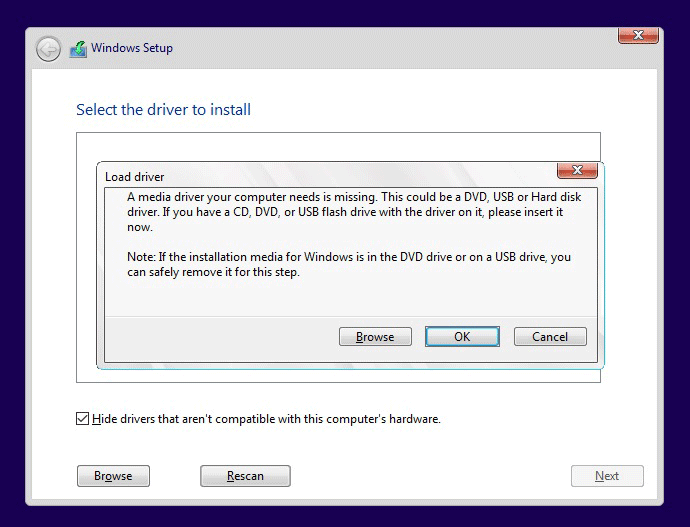 Exit - install mgcamd 1.38
Exit - install mgcamd 1.38
VU+ Zero,MAG 250,LG Smart TV SIPTV, Andoid Nox( Kodi)
4w-0.8W-5E-9E-13E-19E-23E-36E-85E S@RA IPTV
MgCamd emulators
For Black Hole OpenSpa Sifteam 9 images0026
VU+ Zero,MAG 250,LG Smart TV SIPTV, Andoid Nox( Kodi)
4w-0. 8W-5E-9E-13E-19E-23E-36E-85E S@RA IPTV
8W-5E-9E-13E-19E-23E-36E-85E S@RA IPTV
wicardd for different images. for blackhole, open atv, openpli
seal wrote:
wicardd for different images.
for blackhole, open atv, openpli
Press to expand...
Receiver VU+ Solo 4K Image vti-image-vusolo4k-20170615112717_vti_11-0-2_usb
Installed MGCamd 1.38c (Manual installation of mgamd-1.38c-vti.tar) with .ipk extension could not install
Cannot start the emulator
Tell me where to dig
For 4K models, other versions of emulators are needed - arm
Installation from ipk - somewhere in the menu.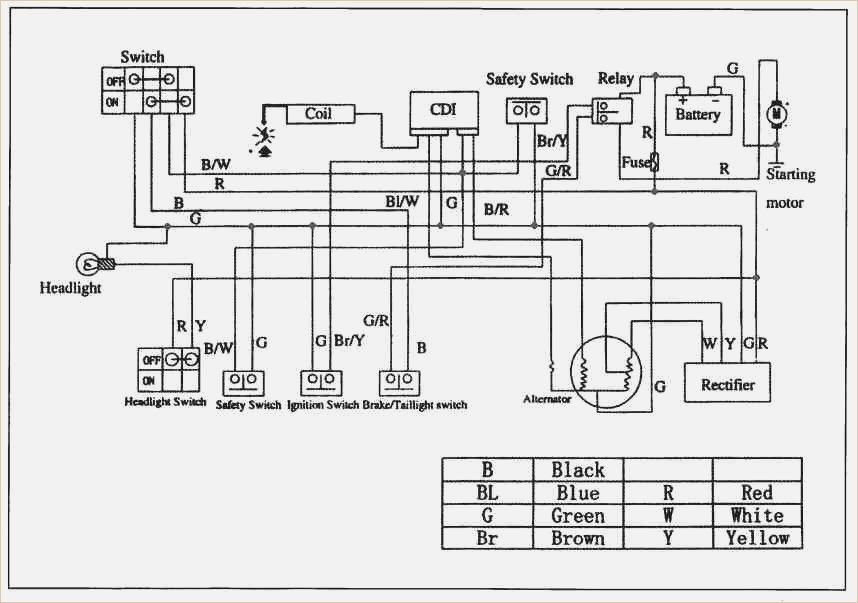
On different images in different ways.
Or on a flash drive ipk file or in a folder tmp
If it doesn't work, then you can simply unzip the ipk using 7zip and drop the files from the data folder manually into the necessary folders. then assign them the desired attributes.
I'll stick here ipk files for various images
VU+Solo4K | VU+Duo2 | WaveFrontier Toroidal 90 + 0.6
42E + 36E + 31.5E + 28.2E + 23.5E + 19.2E + 16E + 13E + 9E + 4.8E + 1W + 4W
continued
VU+Solo4K | VU+Duo2 | WaveFrontier Toroidal 90 + 0.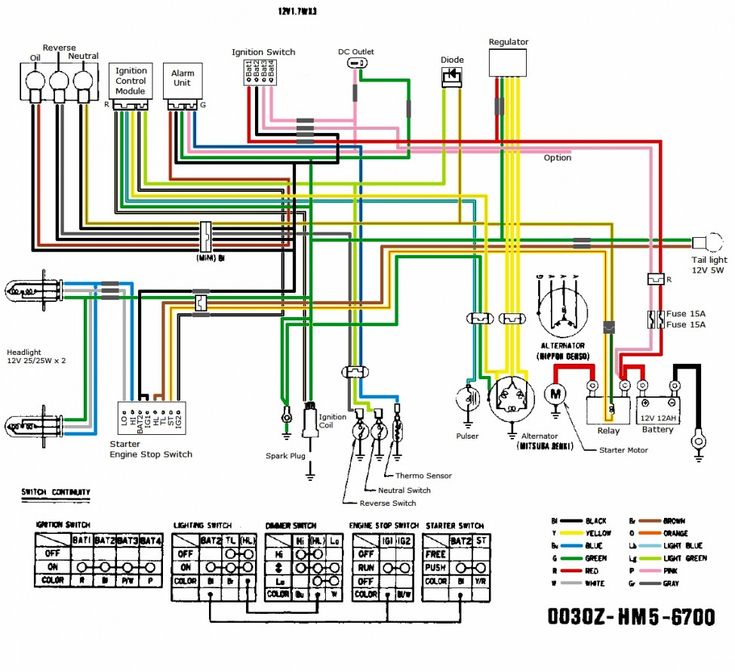 6
6
42E + 36E + 31.5E + 28.2E + 23.5E + 19.2E + 16E + 13E + 9E + 4.8E + 1W + 4W
janigor wrote:
continued
Click to expand...
Installed Wicardd flight normal
Flash has Back Hole image old version .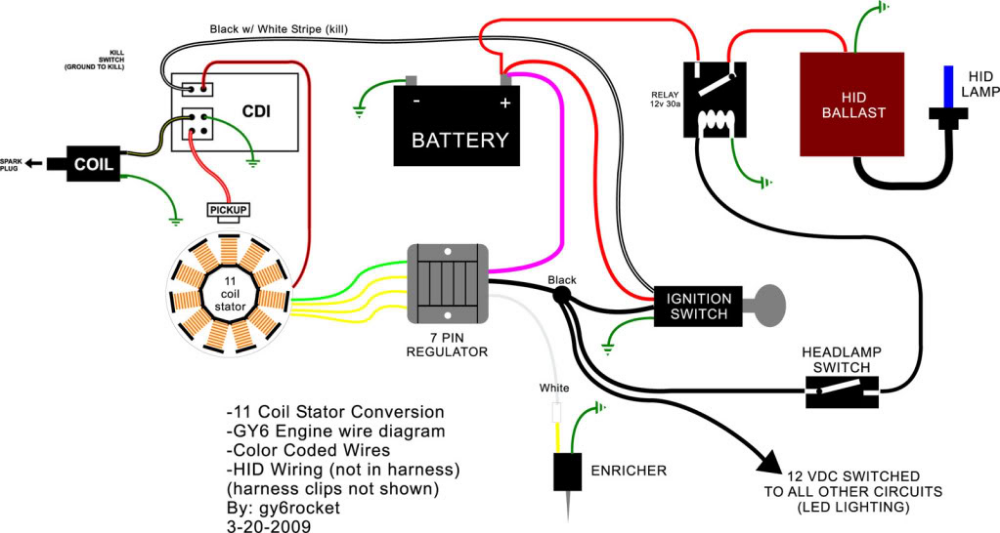 MeoBoot has five versions of various images, including Back Hole image v.3.0.4. I managed to install WiCard on all images and run it. And I also installed it on Back Hole image v.3.0.4 and it appears on Blac Hole Blue Panel, but when I run it, Sorry: Wrong image in flash found pops up. You have to install in flash Back Hole Image v.3.0.4. !!! What is the robbery?
MeoBoot has five versions of various images, including Back Hole image v.3.0.4. I managed to install WiCard on all images and run it. And I also installed it on Back Hole image v.3.0.4 and it appears on Blac Hole Blue Panel, but when I run it, Sorry: Wrong image in flash found pops up. You have to install in flash Back Hole Image v.3.0.4. !!! What is the robbery?
Or rather, how to launch WiCard on Back Hole image v.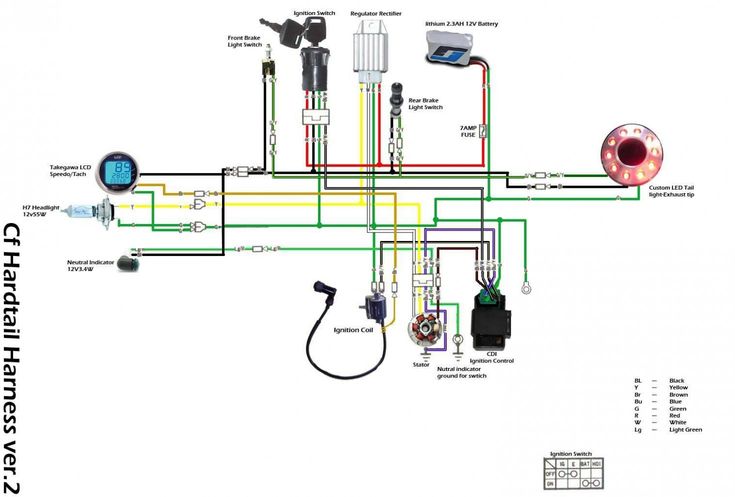 3.0.4 which is in MeoBoot ?
3.0.4 which is in MeoBoot ?
janigor wrote:
For 4K models, other versions of emulators are needed - arm
Installation from ipk - somewhere in the menu.
On different images in different ways.
Or on a flash drive ipk file or in a folder tmp
If it doesn't work, then you can simply unzip the ipk using 7zip and drop the files from the data folder manually into the necessary folders. then assign them the desired attributes.
I'll stick here ipk files for various imagesClick to expand.
..
Hello.
I have never installed emulators on images.
Now almost all images for Vu + Solo 4k are with Oscam. I tried to set it up, but I didn’t master it.
Could you describe step by step how to manually, what and in which folders to throw? And what attributes.
Or where they describe in detail.
Find the beginning of everything, and you will understand a lot
Vu+Solo 4K; Vu+Zero; 4.0°W; 4.9°E; 13°E; 19°E; 31.5°E; 40.0°E; 49.0°E; 54.9°E.
viktora796 wrote:
Hello.
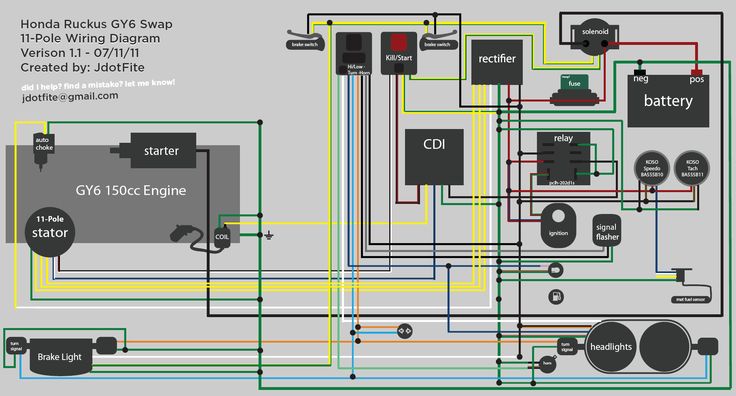
I have never installed emulators on images.
Now almost all images for Vu + Solo 4k are with Oscam. I tried to set it up, but I didn’t master it.
Could you describe step by step how to manually, what and in which folders to throw? And what attributes.
Or where they describe in detail.Click to expand...
hello, what image are you setting up for the ball?
( sony43fx80096) and { VU+Solo2. BH3.1.0F and vu zero; HD Glass16;ncam10.0; } and satellites
(.4W. 5*.13*75*.85*.90*E.-conv-twin)
Image is now OpenPli 6. 2. I took a backup on gisclub already with Mgcamd 1.35
2. I took a backup on gisclub already with Mgcamd 1.35
I’m setting up the Sharu. But as I already said, I can’t master the Oskas.
And I want to try other images.
Find the beginning of everything, and you will understand a lot
Vu+Solo 4K; Vu+Zero; 4.0°W; 4.9°E; 13°E; 19°E; 31.5°E; 40.0°E; 49.0°E; 54.9°E.
viktora796 wrote:
Image is now OpenPli 6.
2. I took a backup on gisclub already with Mgcamd 1.35
I set up the Sharu.
And I want to try other images.Click to expand...
I can’t say anything about the ball (I don’t use it) and the settings of the emulator * oskam * are on this path (depending on versions) here are two screenshots
( sony43fx80096) and { VU+Solo2. BH3.1.0F and vu zero; HD Glass16;ncam10.0; } and satellites
(.4W. 5*.13*75*.85*.90*E.-conv-twin)
Vu+Solo 4K receiver. Installed OpenPli 7. Installed Cccamd 2. 3.2. Specified the path for SoftCam.Key there. I uploaded it via FTP to the folder /var/keys softcam.key, but it does not open channels in the byss (sha ...... ra works).
3.2. Specified the path for SoftCam.Key there. I uploaded it via FTP to the folder /var/keys softcam.key, but it does not open channels in the byss (sha ...... ra works).
Looks like this:
# what Softcam.Key should CCcam try to read
defaults to /var/keys/SoftCam.Key
#
SOFTKEY FILE : /var/keys/SoftCam.Key
# what AutoRoll.Key should CCcam try to read #defaults to /var/keys/AutoRoll.Key
#
#AUTOROLL FILE : /var/keys/AutoRoll .Key
# what constant.cw should CCcam try to read
# defaults to /var/keys/constant.cw
# file content can be like
#
# ca4:id6:sid4mtpid4:ecmpid4:key16(01 02 03...)
#
STATIC CW FILE : /var/keys/constant.cw
where to get constant.cw ?
Please help me figure it out.
Find the beginning of everything, and you will understand a lot
Vu+Solo 4K; Vu+Zero; 4.0°W; 4.9°E; 13°E; 19°E; 31. 5°E; 40.0°E; 49.0°E; 54.9°E.
5°E; 40.0°E; 49.0°E; 54.9°E.
Try this one.
The main biss is there, and if you need something, you will understand how to add it.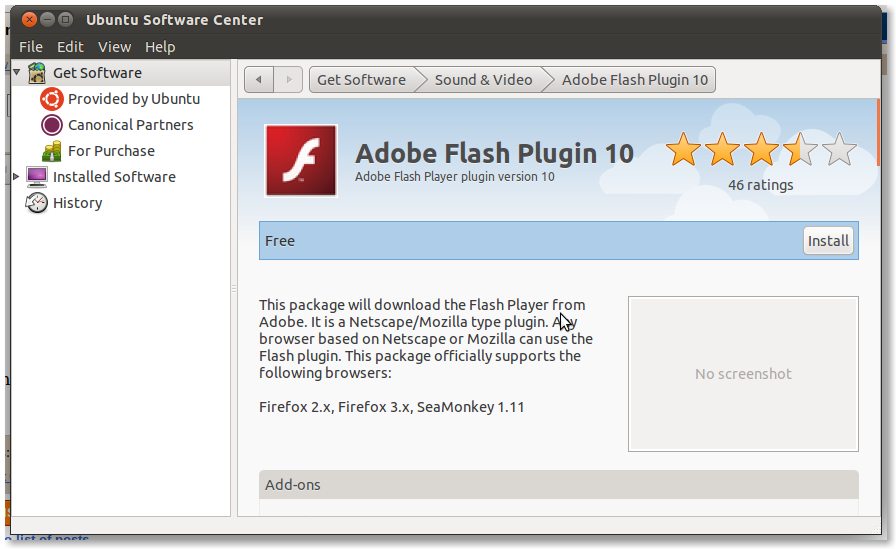
VU+Solo4K | VU+Duo2 | WaveFrontier Toroidal 90 + 0.6
42E + 36E + 31.5E + 28.2E + 23.5E + 19.2E + 16E + 13E + 9E + 4.8E + 1W + 4W
Thank you. We will look into it
Find the beginning of everything, and you will understand a lot
Vu+Solo 4K; Vu+Zero; 4.0°W; 4.9°E; 13°E; 19°E; 31.5°E; 40.0°E; 49.0°E; 54.9°E.
I have zero 4k
can I install oscam or vicard on the image?
if so, how and if possible without question why do I need it.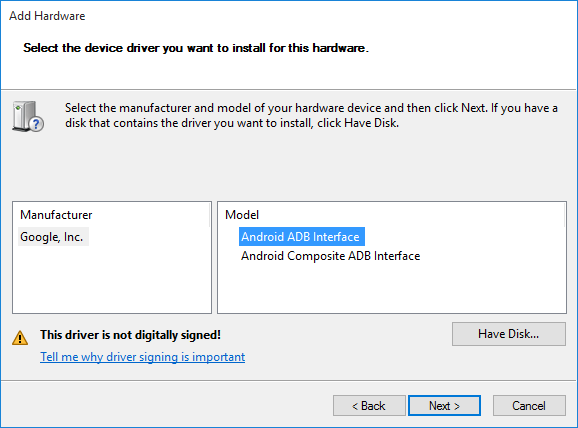
thank you
73koled wrote:
I have zero 4k
can I install oscam or vicard on the image?
if so, how and if possible without question why do I need it.
thank youClick to expand...
Look at the feed. If it's not there, look it up on the internet.
73koled wrote:
I have zero 4k
can I install oscam or vicard on the image?
if so, how and if possible without question why do I need it.
thank youClick to expand...
Possible. It is necessary to look for an arm structure. We need to look, somewhere on the computer
Last edit:
VU+ Zero,MAG 250,LG Smart TV SIPTV, Andoid Nox( Kodi)
4w-0.8W-5E-9E-13E-19E-23E-36E-85E S@RA IPTV
Hello, dear reader! This post is the first in a series of articles about the nuances of installing third-party (hereinafter - custom, from the word custom ) firmware on your devices running Andoid OS, as well as about the critical nuances of this process. The series of articles is aimed at those who are either just thinking about how to “roll” unofficial firmware onto their device, or do not know some points (for example, how to make GPay friends with the new OS).
The series of articles is aimed at those who are either just thinking about how to “roll” unofficial firmware onto their device, or do not know some points (for example, how to make GPay friends with the new OS).
Important:
I am not responsible for your actions after reading this article, be sure to backup your data to external storage (SD card or computer). But don't be afraid - if you managed to unlock the bootloader and install recovery, you will always be able to restore the device even from "System Destroyed", and in most cases implement "turn back" - install an official system with a bootloader lock (such as, for example, from Xiaomi).
Why do people generally reflash their devices with stable OS from the manufacturer to some assembly "From Vasyan"? Everyone's reasons are different. Someone does not like MIUI stuffed with Chinese rubbish. The manufacturer has not updated someone's devices for a long time, but I want a new system. Someone likes a "clean" system, someone can no longer live under the eternal sight of Google Services, and so on and so forth. In fairness, I want to note that many unofficial firmwares have support from their developers and OTA updates regularly arrive on them. At the same time, they are not inferior in security to the official ones, and the most popular ones support the current encryption schemes for your data (FBE).
Someone likes a "clean" system, someone can no longer live under the eternal sight of Google Services, and so on and so forth. In fairness, I want to note that many unofficial firmwares have support from their developers and OTA updates regularly arrive on them. At the same time, they are not inferior in security to the official ones, and the most popular ones support the current encryption schemes for your data (FBE).
In short and clear - replacement or reinstallation of the installed operating system to another operating system . Just like “rearrange Windows”. This definition does not apply specifically to phones - they reflash anything, even cars. With regard to Android devices, this also does not mean that third-party firmware should be exactly the Android system - I have had experience installing Ubuntu on a phone. The expediency of this act is another question.
What are the steps involved in installing a new OS instead of an existing one? For most users, they will be approximately as follows:
Blocking the bootloader
Search and installation of third -party Recovery
Search for new firmware files
9000Plant using a third -party RECOVEY
9000 9000) root rights
(optional) GApps 9 installation0026
In this, as the very first article, I will analyze only the first two points, due to the volume of the rest.
What is the bootloader and why should I unlock it? Bootloader or Bootloader in simple words - a relatively small piece of program code that starts the installed system. By itself, it is an indispensable part of the device, but its functions also include the implementation of Verified Boot 9 technology.0725 . This technology is designed to limit the installation of the OS to those authorized by the manufacturer (by verifying the file signature). On the one hand, this will protect your data from an intruder (he will not be able to install another firmware without formatting your device), on the other hand, many popular firmwares provide reliable encryption of the Data partition. Our goal is to disable the Verified Boot mechanism so that we can install a third-party system.
I will say right away that there is no universal instruction for all phones and cannot be. Moreover, some devices do not have a way to unlock the bootloader at all, and some are not blocked by the manufacturer initially. You can check if the bootloader is locked using adb in fastboot mode -
You can check if the bootloader is locked using adb in fastboot mode - fastboot oem device-info (I will discuss what it is and how to use this tool in the installation section). If is true is blocked, otherwise it is not. All further actions will be considered using the example of the Xiaomi Redmi 8T device based on the Qualcomm processor.
So, if, as a result of the check, you found that the bootloader is locked, then only Techno-Trinity will help you find a way to unlock it - Father (Manufacturer's website), Son (w3bsit3-dns.com) and Holy Spirit (Google). In the case of Xiaomi, everything is quite simple - the manufacturer's website has a proprietary utility for unlocking the bootloader, its use is intuitive. After the successful completion of the unlock process , it is necessary to format the Data partition , since it is encrypted by the current system and the new one simply will not decrypt it (in Xiaomi, the switches in the bootloader unlock window are responsible for this) and you can proceed with the process of installing a third-party Recovery.
What is Recovery and why do we start the firmware process from it? The Recovery partition is an analogue of the BIOS on a computer, also referred to as "Recovery Mode". A sort of "subsystem", which is designed to help restore the device's performance. It is necessary to replace the recovery installed by the manufacturer with a third-party one because the "native" one will not allow you to install anything other than the official firmware.
A little about what are RecoveryThere are 2 main third-party recovery projects - TWRP and CWM and everything based on them. Each project has sites, project branches for many devices. But, if you did not find your device on the official sites of these projects, with a high probability you will find it on w3bsit3-dns.com in the theme of your device.
I use and strongly advise others to use TWRP-recovery, because it greatly surpasses CWM in functionality and convenience.
A little about ADB is a debugging tool that allows developers to debug their applications, and for enthusiasts like us to flash phones and do many other useful things. You can also learn about all the functions with the help of Techno-Trinity.
After downloading the recovery, you should get an android partition image file with the extension .img . To install it on your device, we need:
A computer or other device suitable for running ADB
USB drivers for your device installed on your computer
ADB console utility
On most devices, this is done by holding down the Power and Vol- buttons while turning on the phone. A successful entry into this mode will be considered a black smartphone screen with a white line "fastboot mode". After that, you need to connect the device to the computer using a USB cable.
To flash the recovery partition, we need a single ADB command.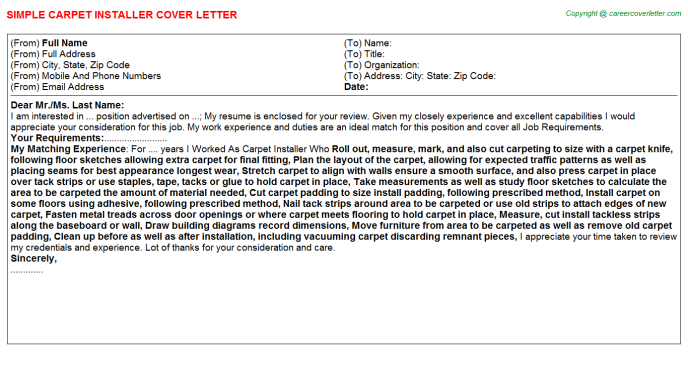 To execute these same commands, we will use the Windows console. (I assume you have mastered installing ADB). The general format of the command to flash the file to the device partition is as follows:
To execute these same commands, we will use the Windows console. (I assume you have mastered installing ADB). The general format of the command to flash the file to the device partition is as follows:
fastboot flash partition PathToFile
Where
fastboot is the path to the fastboot.exe file, supplied with ADB;
partition is an Android partition available for flashing. We are sewing recovery;
PathToFile is the path to the recovery .img you downloaded;
In my case, the command looked something like this:
C:\adb\fastboot flash recovery C:\recovery.img
Some recovery comes with automatic installers and ADB - you just need to run the bat file.
After a message appears in the console about the successful completion of the recovery firmware process (2-3 seconds), you can try to start the newly installed Recovery mode - when you turn on the phone, hold down Power and Vol + until the manufacturer's logo appears on the screen, after which you can release the Power button until the logo of your chosen recovery appears.